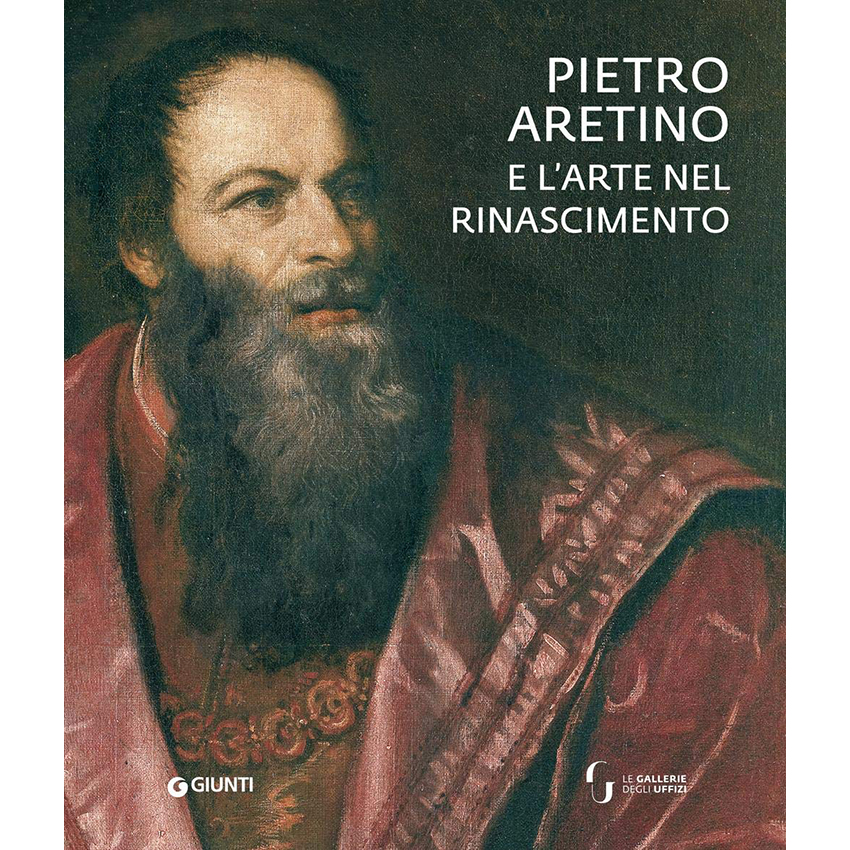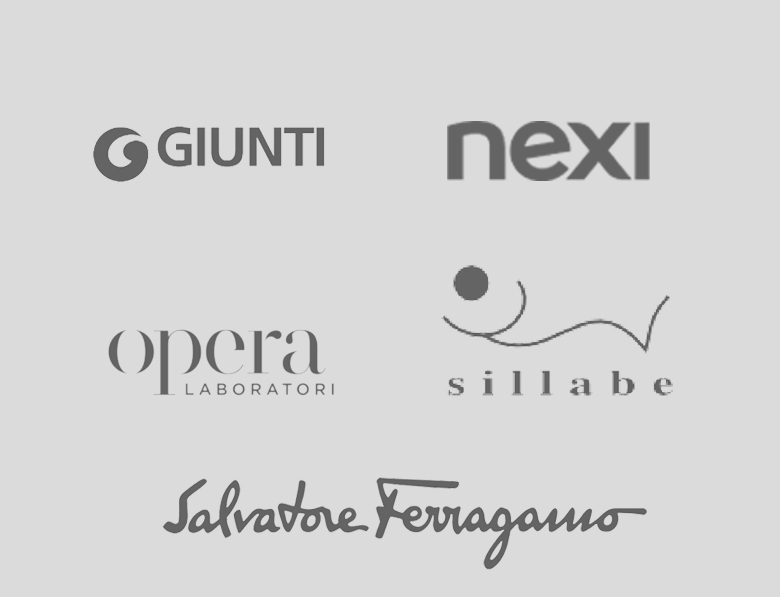Edited by: Anna Bisceglia, Matteo Ceriana, Paolo Procaccioli
Publisher: Giunti Editore
Series: Exhibition catalogues
Cover: Hardback
Pages: 288
Dimensions: cm 24 x 29
Publication date: 26/11/2019
ISBN: 978-8809883543
Item weight: kg 1.82
Language: Italian
PIETRO ARETINO E L’ARTE NEL RINASCIMENTO
€38,00
Paintings, sculptures, objects of applied art, tapestries, miniatures and printed books give us a composite portrait of Pietro Aretino (1492-1556), a great intellectual, caustic provocateur and a not insignificant player on the diplomatic scene of the 16th century. An exhibition and a catalogue with entries by multiple authors that, drawing on Italian studies and art history, reveal the multifaceted identity of a protagonist whose historical importance goes well beyond his fame, though undeniable, as a licentious writer. In the era that saw the success of Michelangelo and Raphael in Rome and the spread of the culture that had matured in the splendour of the courts of Julius II, Leo X and Clement VII, Aretino lived between Arezzo, Perugia, Rome, Mantua and Venice. A friend of Raphael and Sebastiano del Piombo, as well as of Sansovino and Titian, a protégé of Giulio de’ Medici, a companion of Giovanni dalle Bande Nere, he finally found his ideal home in Venice. Unscrupulous and rebellious in his relations with the established powers, while Europe was dominated by Francesco I and Charles V, whose favour he enjoyed at different times, he wove his plots with great skill. He nourished popular satire by giving voice to Pasquino while being, at the same time, an expert in all the literary genres, which he practised in a parodistic and salacious manner, as well as religious themes. A born provocateur, blasphemer and blackmailer for some, he was above all an exceptional interpreter of his time. The time of Bembo and Ariosto, who in his poem recalls “the scourge of princes, the divine Pietro Aretino.” The exhibition “Pietro Aretino and the Art of the Renaissance” is devoted to an artist, but first and foremost to a man who lived at the heart of things in the midst of the “modern manner,” as defined by Giorgio Vasari in his Lives, published in 1550 and 1568. The catalogue is divided into five sections illustrating the main moments of Pietro’s life, and the succession of scenarios ranging from his beginnings in Arezzo and Perugia, to his arrival at the papal court and his move to northern Italy, first to Mantua and then to Venice. The iconography of the publication is particularly rich, and the catalogue entries draw on the expertise of 50 authors from different backgrounds.
Edited by: Anna Bisceglia, Matteo Ceriana, Paolo Procaccioli
Availability: In stock







